Home>Home Appliances>Laundry Appliances>Who Invented The Ironing Board?
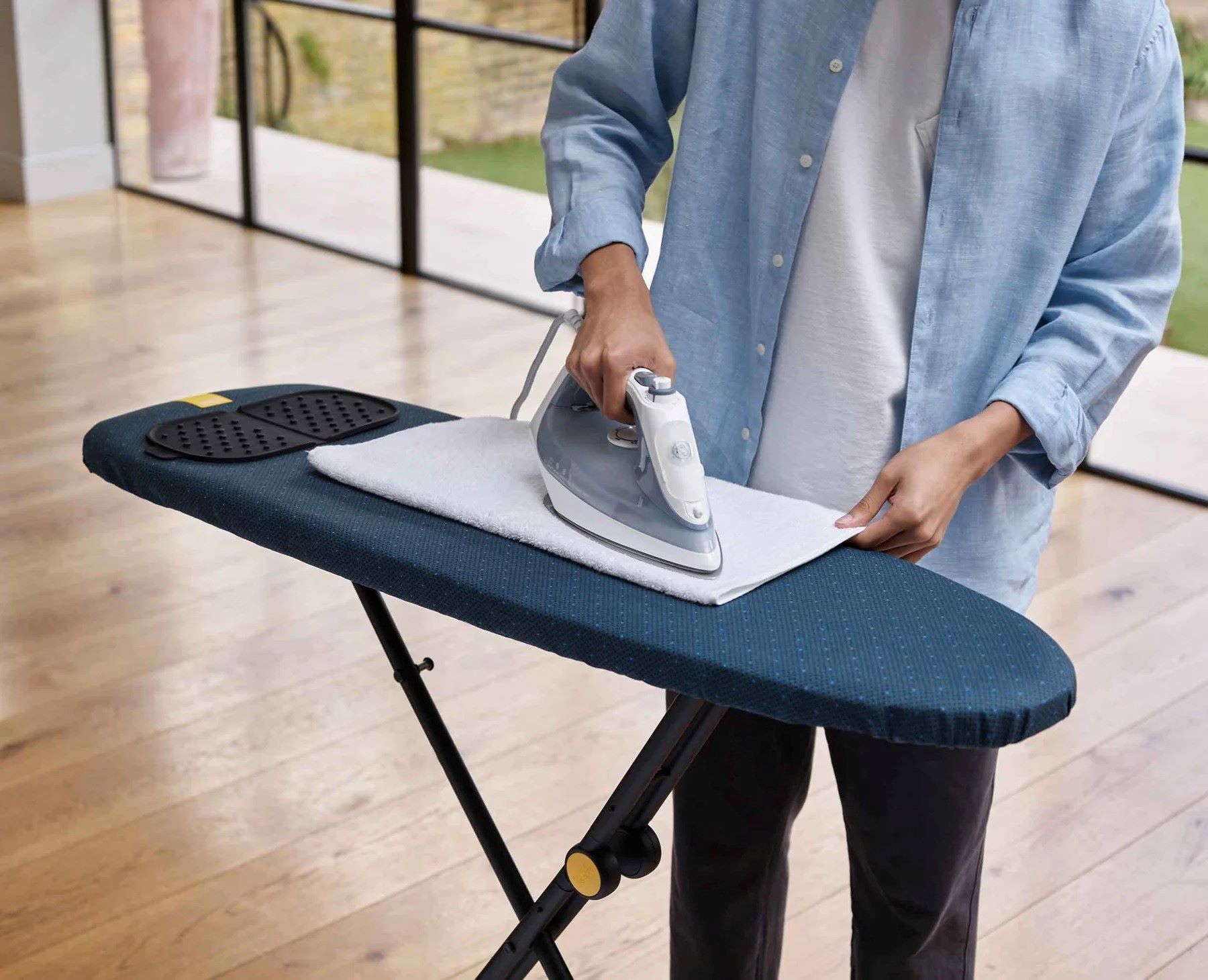

Laundry Appliances
Who Invented The Ironing Board?
Modified: October 18, 2024
Discover the history of the ironing board and its inventor. Learn about the evolution of laundry appliances and their impact on household chores.
(Many of the links in this article redirect to a specific reviewed product. Your purchase of these products through affiliate links helps to generate commission for Storables.com, at no extra cost. Learn more)
Introduction
The ironing board is a ubiquitous household item that has become an indispensable tool for maintaining well-pressed clothing. Its invention revolutionized the way people approach the task of ironing, making it more convenient and efficient. In this article, we will delve into the fascinating history of the ironing board, exploring its origins, evolution, and enduring significance in modern households.
The journey of the ironing board is a testament to human ingenuity and the quest for practical solutions to everyday challenges. From its humble beginnings to its modern iterations, the ironing board has undergone remarkable transformations, reflecting the evolving needs and preferences of users over the centuries.
Join us on a captivating exploration of the early history of ironing, the pivotal moment of its invention, and the subsequent evolution of this essential household item. Through this journey, we will gain a deeper appreciation for the impact of the ironing board on domestic life and the enduring legacy of its inventors and innovators.
Key Takeaways:
- The ironing board revolutionized garment care, evolving from ancient techniques to modern convenience. Its adaptability ensures it remains an indispensable tool for achieving well-pressed attire in households worldwide.
- From simple wooden surfaces to lightweight, portable models, the ironing board has continuously improved to meet diverse needs. Its enduring legacy reflects human ingenuity and the pursuit of practical solutions in domestic life.
Read more: Who Invented The Waffle Iron?
Early History of Ironing
The practice of ironing fabric to achieve a smooth and wrinkle-free appearance has a rich history dating back to ancient times. Before the invention of the ironing board, people utilized various methods to press their garments and linens. One of the earliest techniques involved laying fabric on flat surfaces, such as tables or stones, and using a heated metal object to smooth out wrinkles. This rudimentary approach, while effective to some extent, lacked the convenience and efficiency that modern ironing boards offer.
In ancient China, for instance, individuals used pans filled with hot coals to press their garments, a method that required careful handling to avoid scorching the fabric. Similarly, ancient Greeks and Romans employed metal tools heated over fire to achieve the desired smoothness in their clothing. These early methods of ironing laid the foundation for the development of more sophisticated techniques and tools in the centuries that followed.
As societies advanced, the demand for well-pressed clothing grew, prompting the refinement of ironing practices. During the Middle Ages, the use of flat, smooth stones, known as "smoothing stones," became prevalent for pressing fabric. These stones were heated and carefully maneuvered over garments to remove wrinkles, representing a significant advancement in the art of ironing.
The Renaissance period witnessed further innovations in ironing, with the introduction of metal irons that were heated on stoves or hearths. These irons, often crafted from cast iron, featured flat surfaces for pressing fabric and were instrumental in improving the efficiency and effectiveness of the ironing process.
The early history of ironing reflects the ingenuity and resourcefulness of individuals striving to enhance the appearance of their clothing and household textiles. While these early methods were labor-intensive and lacked the convenience of modern ironing boards, they laid the groundwork for the eventual invention of a dedicated platform for ironing, marking a pivotal moment in the evolution of this essential household task.
The journey of ironing from ancient techniques to the modern convenience of the ironing board is a testament to human innovation and the enduring pursuit of efficiency and practicality in domestic chores. This historical backdrop sets the stage for the pivotal invention of the ironing board, a breakthrough that revolutionized the way people approach the task of ironing and continues to shape household routines to this day.
The Invention of the Ironing Board
The invention of the ironing board marked a transformative moment in the history of domestic chores, offering a dedicated and efficient platform for pressing garments and linens. While the exact origins of the modern ironing board are not definitively documented, its development can be traced to the growing need for a more practical and ergonomic solution for ironing.
One of the earliest known iterations of the ironing board appeared in the 19th century, featuring a simple, flat wooden surface supported by sturdy legs. This rudimentary design provided a stable and elevated platform for ironing, allowing users to maneuver their garments with greater ease and precision. The introduction of the ironing board represented a significant departure from the makeshift methods of ironing on flat surfaces, bringing a new level of convenience and effectiveness to the task.
As the demand for well-pressed clothing continued to rise, the design and functionality of the ironing board underwent further refinements. Innovators and craftsmen sought to enhance its utility by incorporating features such as adjustable height settings, collapsible frames for easy storage, and heat-resistant padding to protect delicate fabrics. These advancements not only improved the user experience but also elevated the safety and efficiency of the ironing process.
The 20th century witnessed a surge in ironing board innovation, with the introduction of lightweight and portable models that catered to the evolving lifestyles of modern households. Manufacturers embraced new materials and construction techniques, leading to the production of ironing boards with durable metal frames, ergonomic designs, and enhanced stability. These developments reflected a commitment to meeting the diverse needs of consumers while prioritizing functionality and durability.
In recent decades, the ironing board has continued to evolve in response to changing consumer preferences and technological advancements. The integration of steam ironing systems, retractable cord storage, and specialized ironing board covers has further elevated the performance and convenience of this essential household item. Additionally, the emergence of space-saving and wall-mounted ironing boards has addressed the challenges of limited living spaces, offering practical solutions for urban dwellers and compact homes.
The invention and evolution of the ironing board stand as a testament to human ingenuity and the enduring quest for practical solutions in domestic life. From its humble origins to its modern incarnations, the ironing board has remained a steadfast companion in households worldwide, streamlining the process of garment care and upholding the tradition of well-pressed attire. As we continue to embrace technological innovations and lifestyle changes, the ironing board will undoubtedly adapt and endure, maintaining its status as an indispensable tool for achieving sartorial perfection in the home.
The ironing board was invented by Sarah Boone, an African American woman, in 1892. She designed a board with collapsible legs and a narrow shape to make ironing sleeves and other small areas easier.
Evolution of the Ironing Board
The evolution of the ironing board is a testament to the enduring pursuit of practicality and efficiency in household chores. From its humble beginnings to its modern iterations, the ironing board has undergone remarkable transformations, reflecting the evolving needs and preferences of users over the centuries.
One of the earliest known iterations of the ironing board appeared in the 19th century, featuring a simple, flat wooden surface supported by sturdy legs. This rudimentary design provided a stable and elevated platform for ironing, allowing users to maneuver their garments with greater ease and precision. The introduction of the ironing board represented a significant departure from the makeshift methods of ironing on flat surfaces, bringing a new level of convenience and effectiveness to the task.
As the demand for well-pressed clothing continued to rise, the design and functionality of the ironing board underwent further refinements. Innovators and craftsmen sought to enhance its utility by incorporating features such as adjustable height settings, collapsible frames for easy storage, and heat-resistant padding to protect delicate fabrics. These advancements not only improved the user experience but also elevated the safety and efficiency of the ironing process.
The 20th century witnessed a surge in ironing board innovation, with the introduction of lightweight and portable models that catered to the evolving lifestyles of modern households. Manufacturers embraced new materials and construction techniques, leading to the production of ironing boards with durable metal frames, ergonomic designs, and enhanced stability. These developments reflected a commitment to meeting the diverse needs of consumers while prioritizing functionality and durability.
In recent decades, the ironing board has continued to evolve in response to changing consumer preferences and technological advancements. The integration of steam ironing systems, retractable cord storage, and specialized ironing board covers has further elevated the performance and convenience of this essential household item. Additionally, the emergence of space-saving and wall-mounted ironing boards has addressed the challenges of limited living spaces, offering practical solutions for urban dwellers and compact homes.
The invention and evolution of the ironing board stand as a testament to human ingenuity and the enduring quest for practical solutions in domestic life. From its humble origins to its modern incarnations, the ironing board has remained a steadfast companion in households worldwide, streamlining the process of garment care and upholding the tradition of well-pressed attire. As we continue to embrace technological innovations and lifestyle changes, the ironing board will undoubtedly adapt and endure, maintaining its status as an indispensable tool for achieving sartorial perfection in the home.
Conclusion
The journey of the ironing board from its early origins to its modern-day iterations is a testament to human innovation and the enduring quest for practical solutions in household chores. The invention of the ironing board revolutionized the way people approach the task of ironing, offering a dedicated and efficient platform for pressing garments and linens. From ancient techniques of using heated metal objects to the introduction of flat, smooth stones and metal irons, the evolution of ironing practices laid the groundwork for the pivotal invention of the ironing board.
The 19th century saw the emergence of the first recognizable ironing boards, featuring simple, flat wooden surfaces supported by sturdy legs. This marked a significant departure from the makeshift methods of ironing on flat surfaces, bringing a new level of convenience and effectiveness to the task. As the demand for well-pressed clothing continued to rise, the design and functionality of the ironing board underwent further refinements, with innovators incorporating adjustable height settings, collapsible frames, and heat-resistant padding to enhance its utility and safety.
The 20th century witnessed a surge in ironing board innovation, leading to the production of lightweight and portable models with durable metal frames, ergonomic designs, and enhanced stability. These developments reflected a commitment to meeting the diverse needs of consumers while prioritizing functionality and durability. In recent decades, the integration of steam ironing systems, retractable cord storage, and specialized ironing board covers has further elevated the performance and convenience of this essential household item.
The enduring legacy of the ironing board is evident in its adaptability to changing consumer preferences and technological advancements. The emergence of space-saving and wall-mounted ironing boards has addressed the challenges of limited living spaces, offering practical solutions for urban dwellers and compact homes. As we continue to embrace technological innovations and lifestyle changes, the ironing board will undoubtedly adapt and endure, maintaining its status as an indispensable tool for achieving sartorial perfection in the home.
In conclusion, the invention and evolution of the ironing board stand as a testament to human ingenuity and the enduring quest for practical solutions in domestic life. The ironing board has not only streamlined the process of garment care but has also upheld the tradition of well-pressed attire, making it an indispensable companion in households worldwide. As we look to the future, the ironing board will continue to evolve, ensuring that it remains a vital tool for maintaining the crisp, polished look of our clothing for generations to come.
Frequently Asked Questions about Who Invented The Ironing Board?
Was this page helpful?
At Storables.com, we guarantee accurate and reliable information. Our content, validated by Expert Board Contributors, is crafted following stringent Editorial Policies. We're committed to providing you with well-researched, expert-backed insights for all your informational needs.
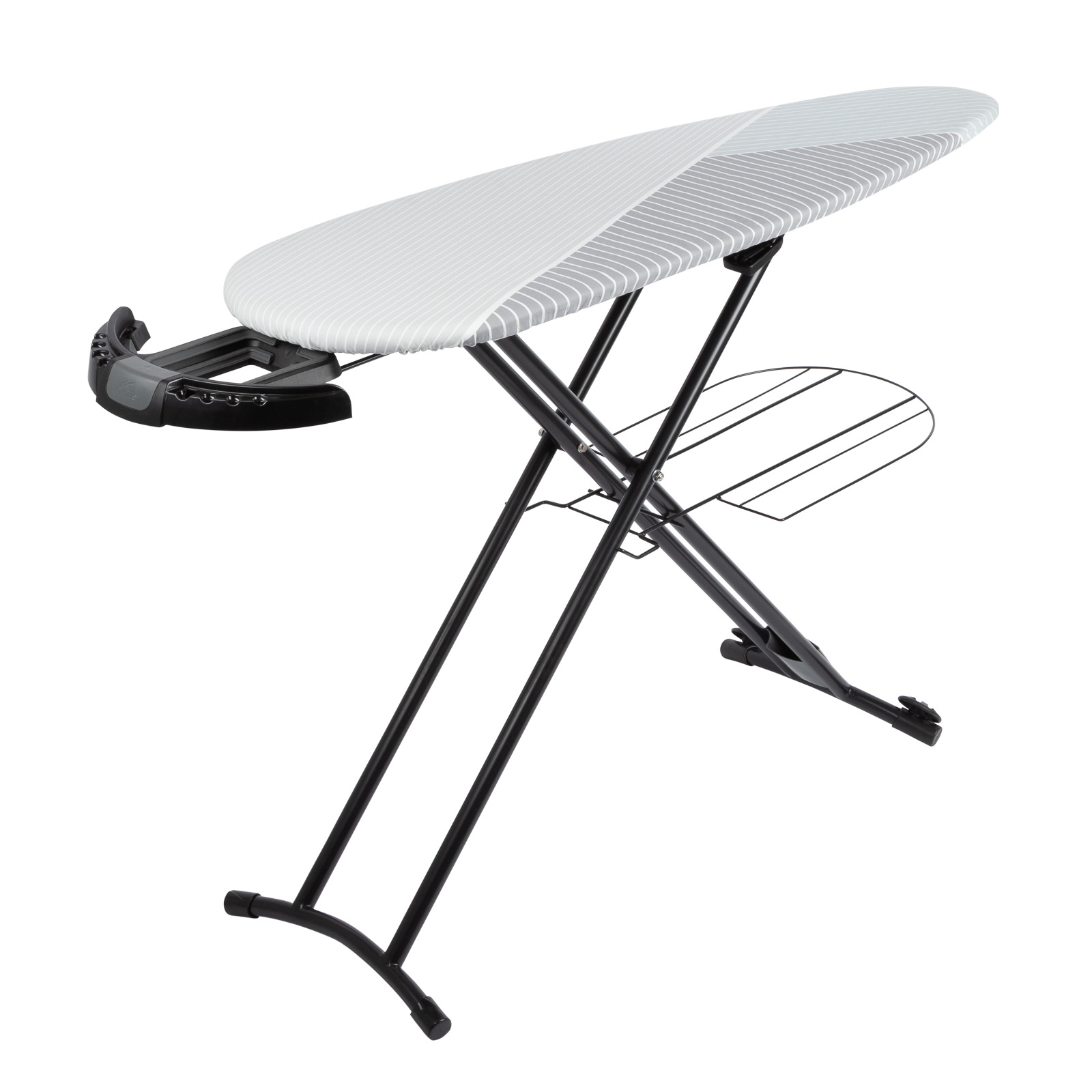

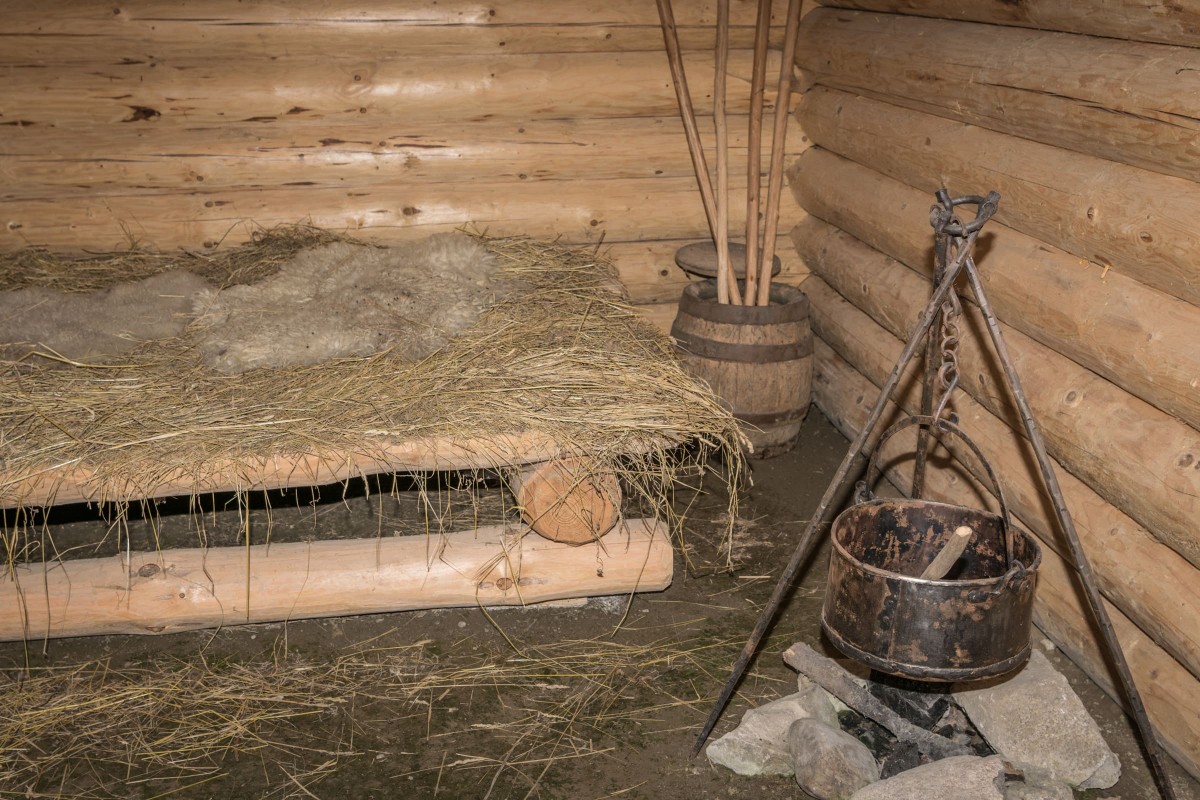

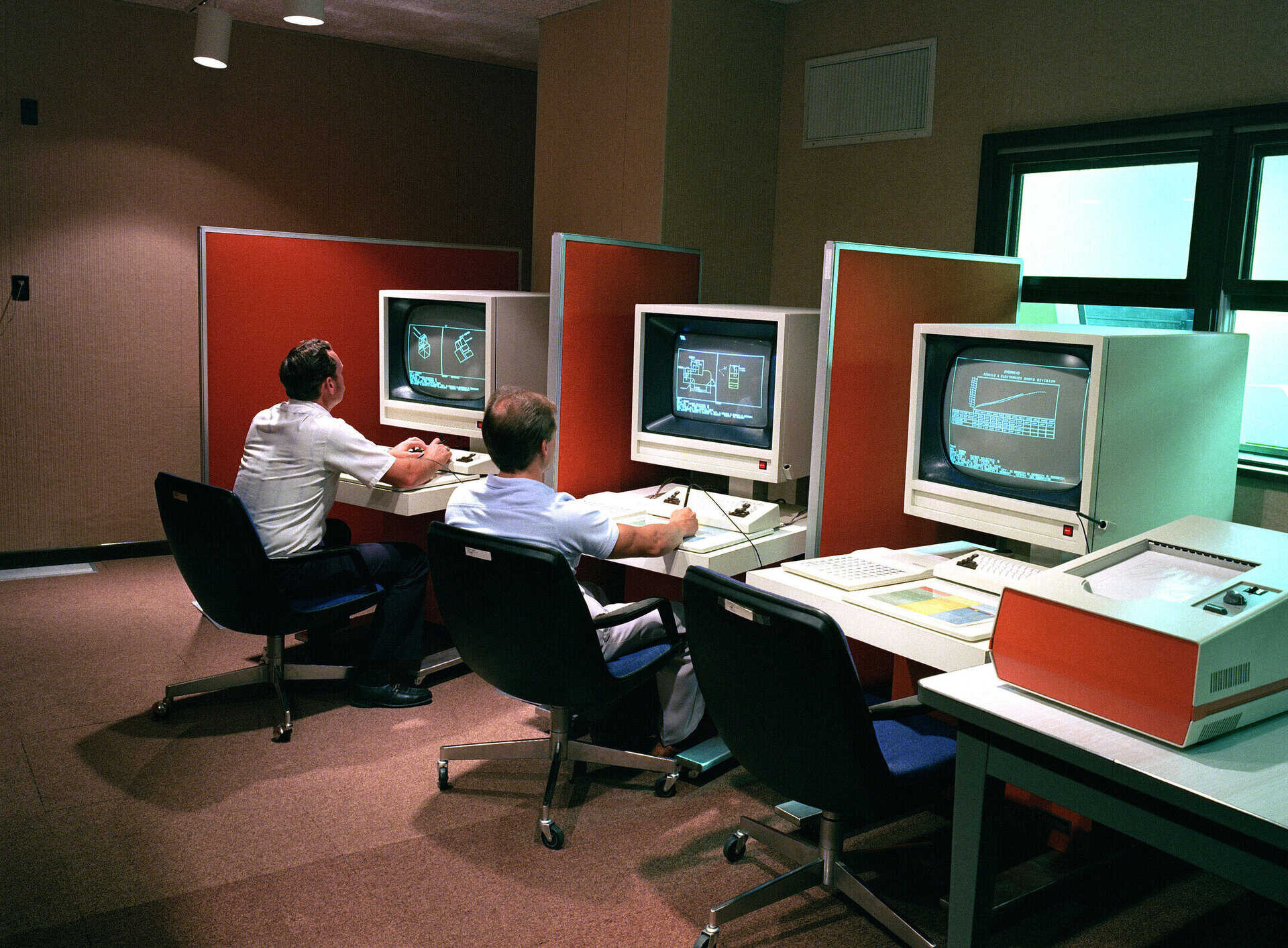
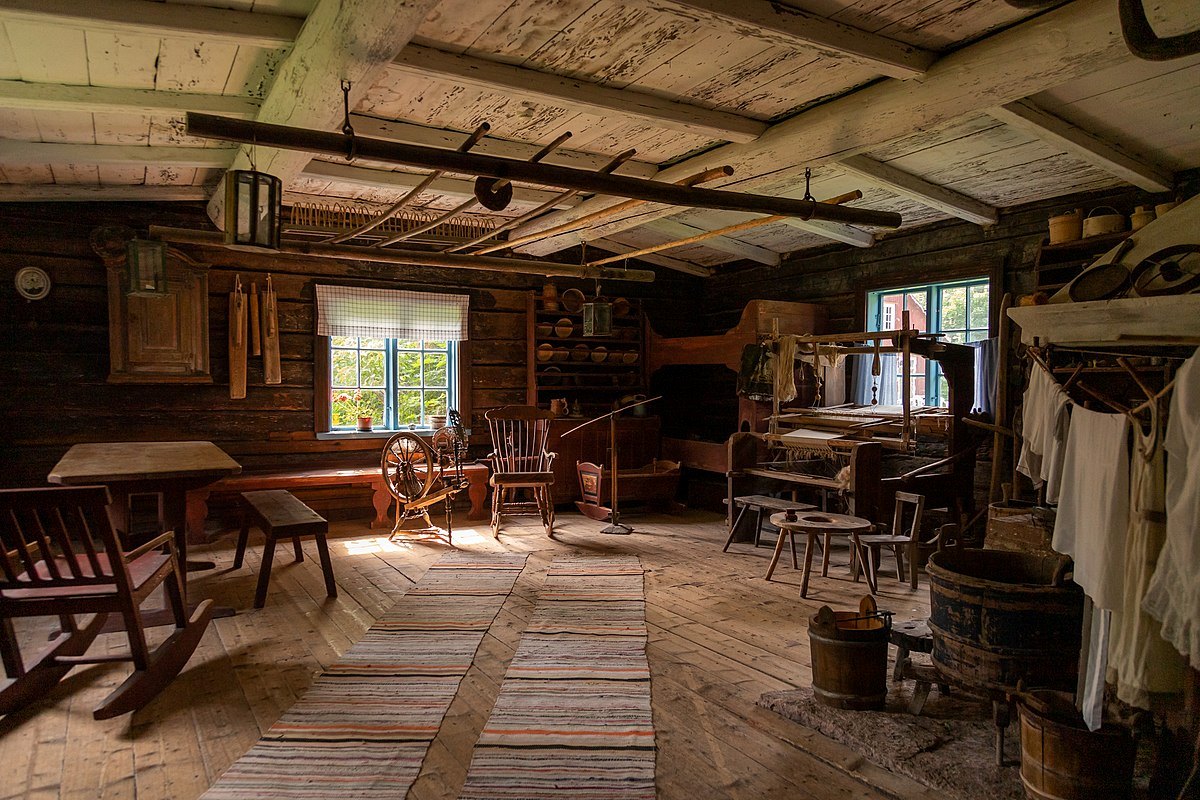

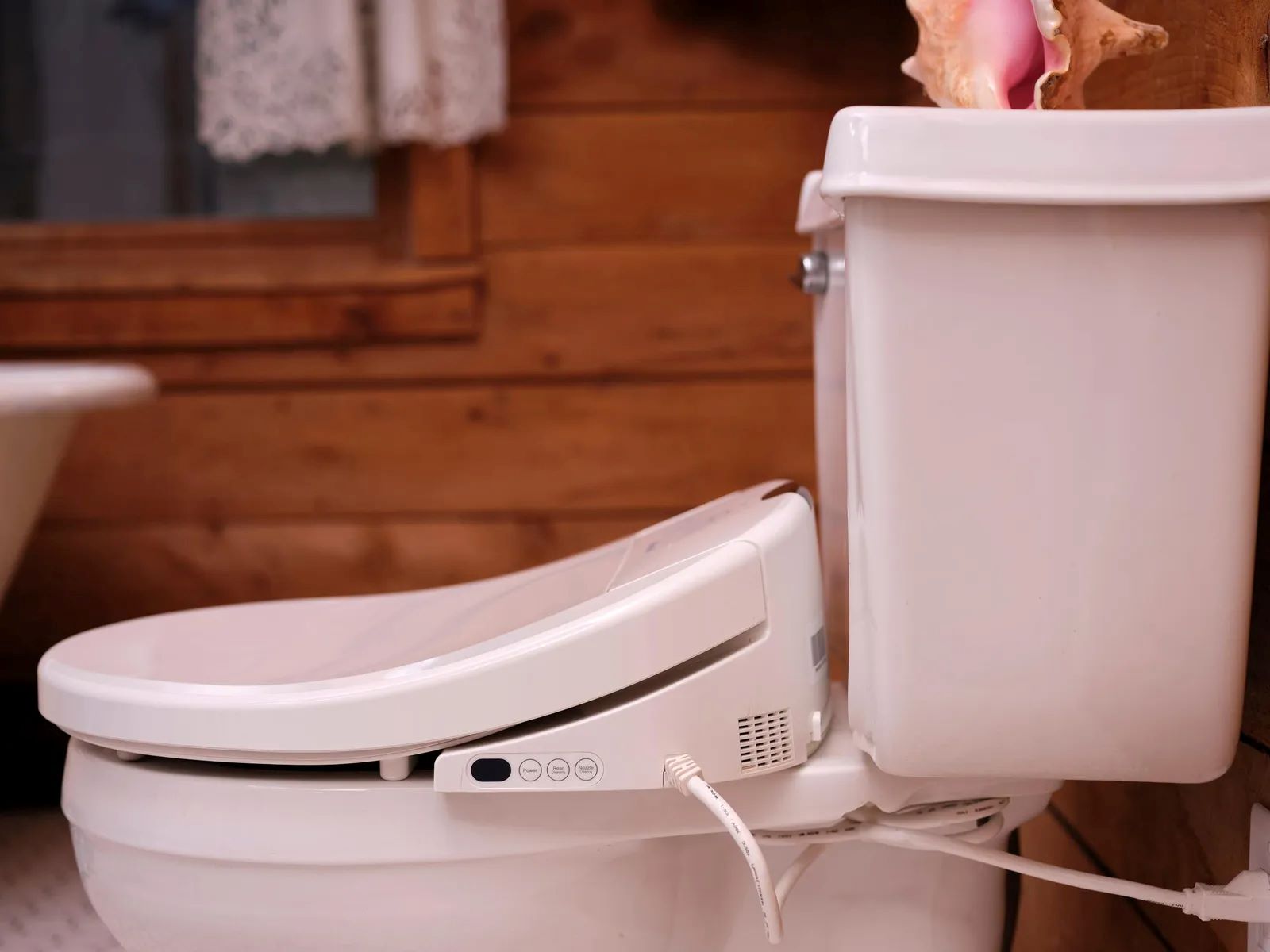
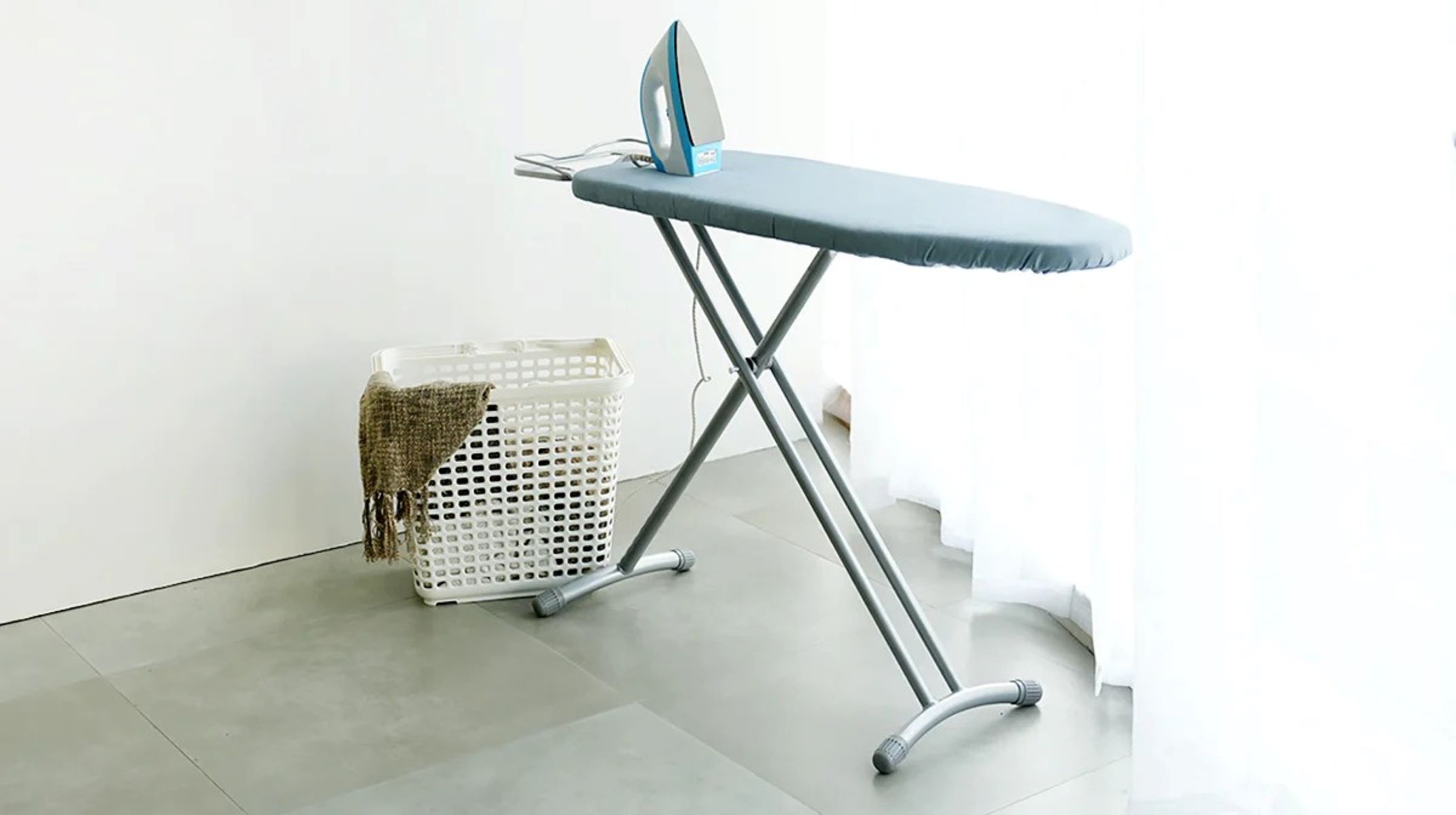
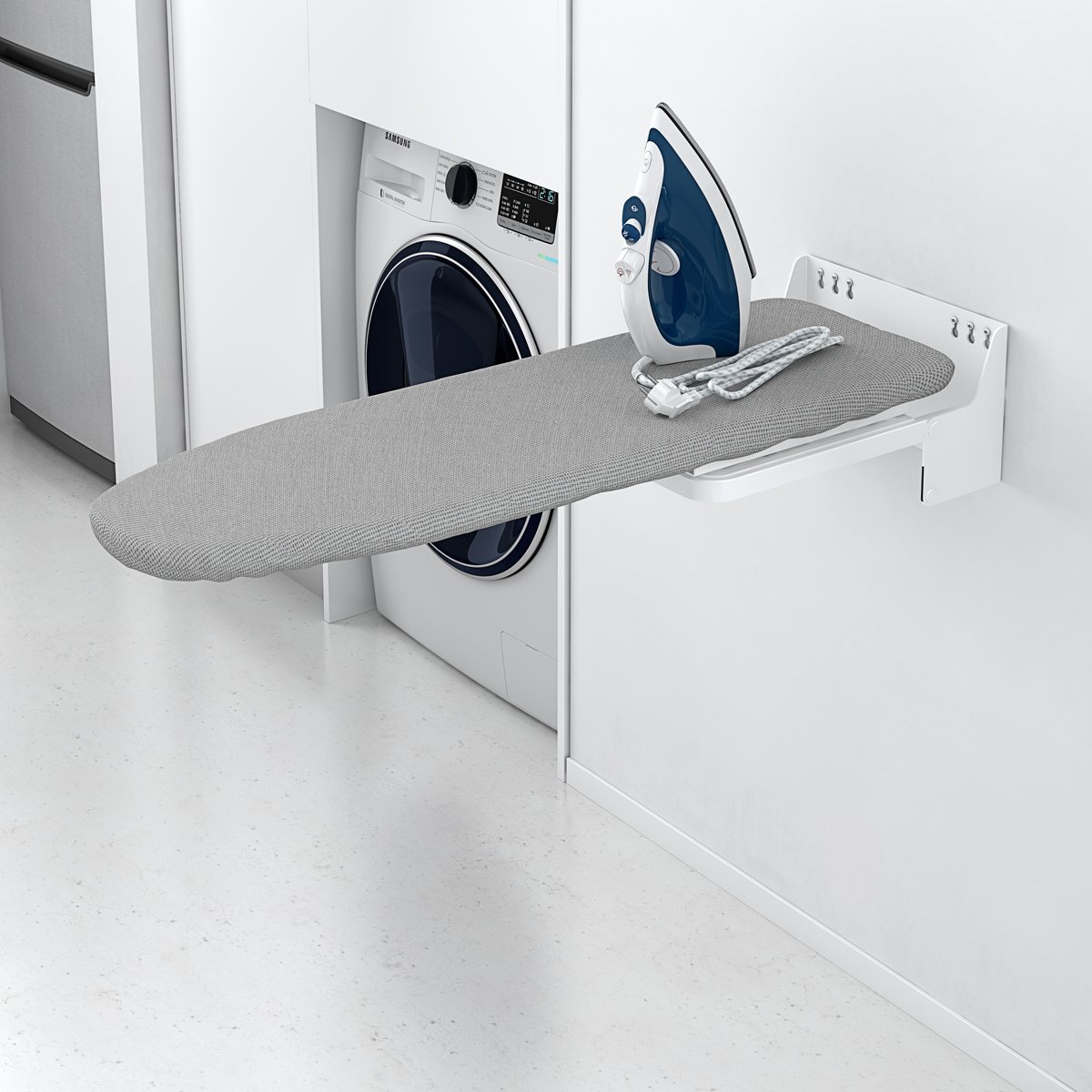
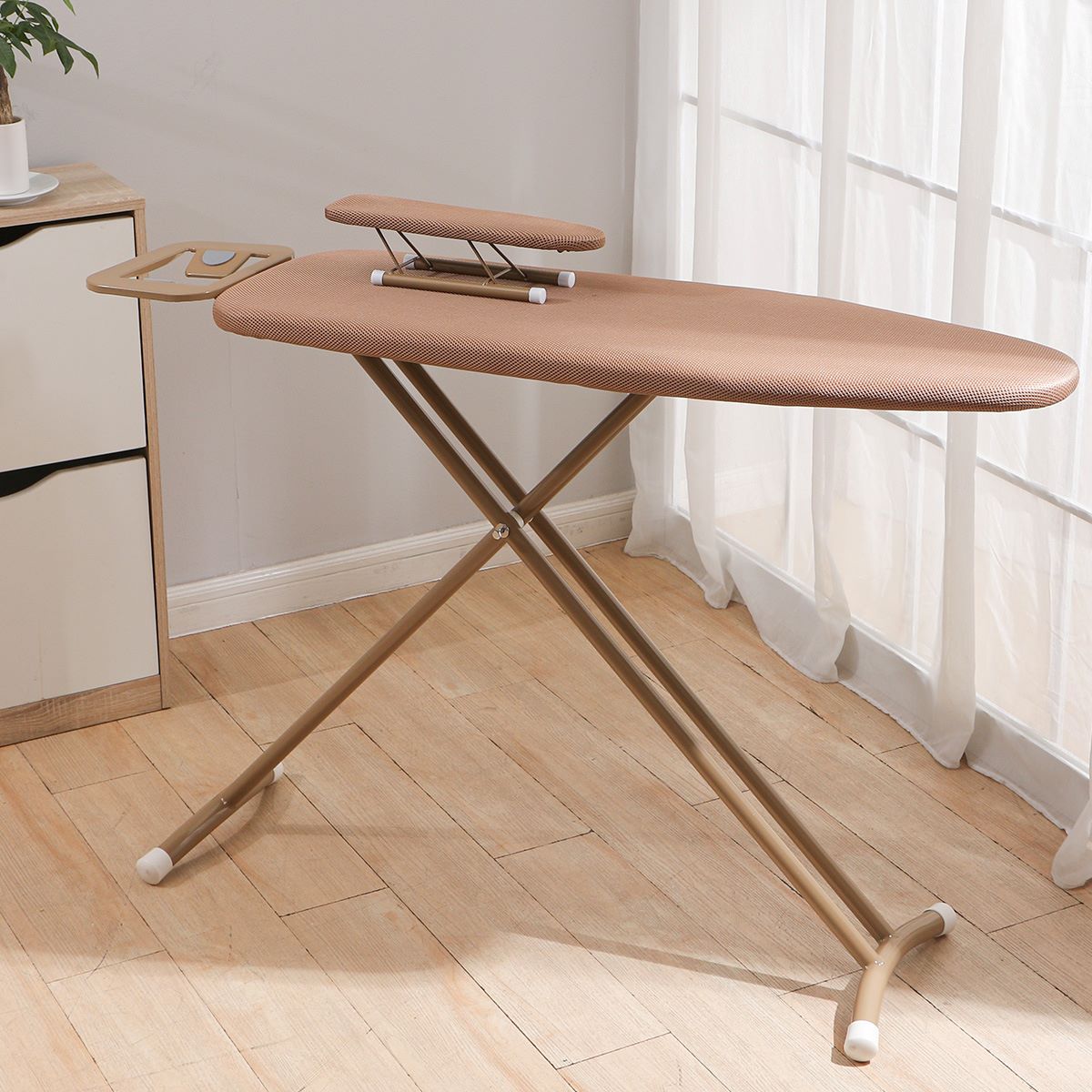
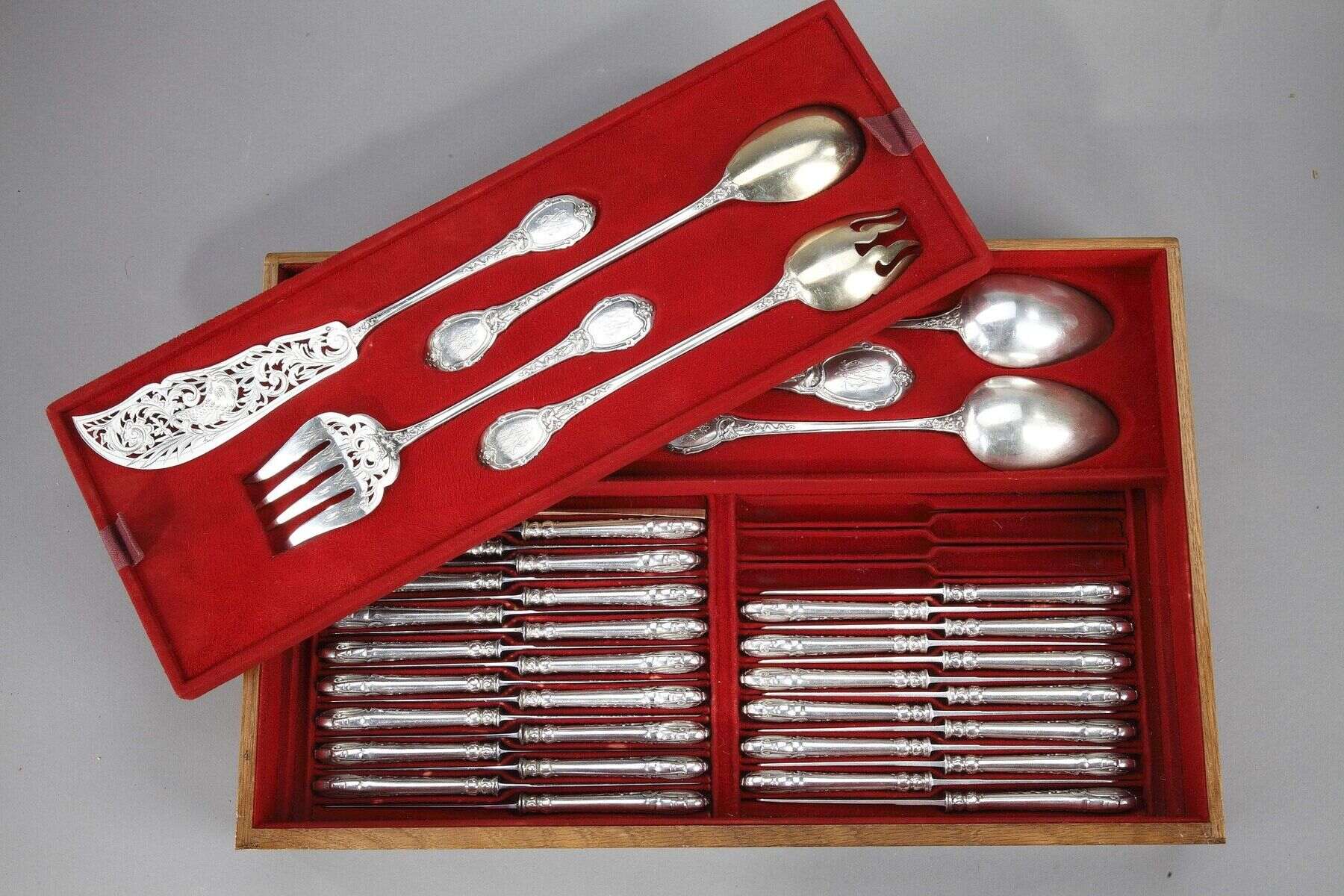
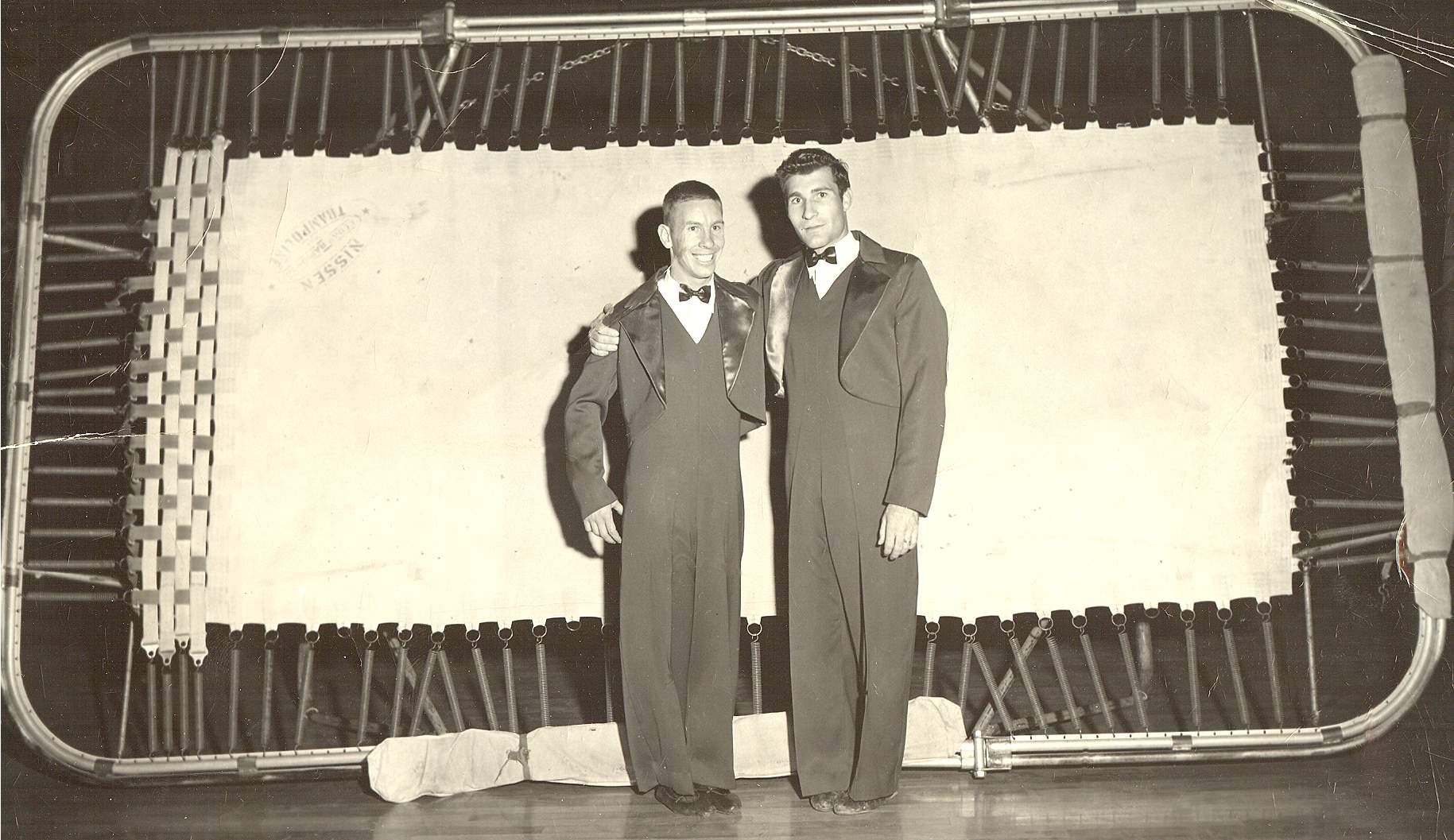

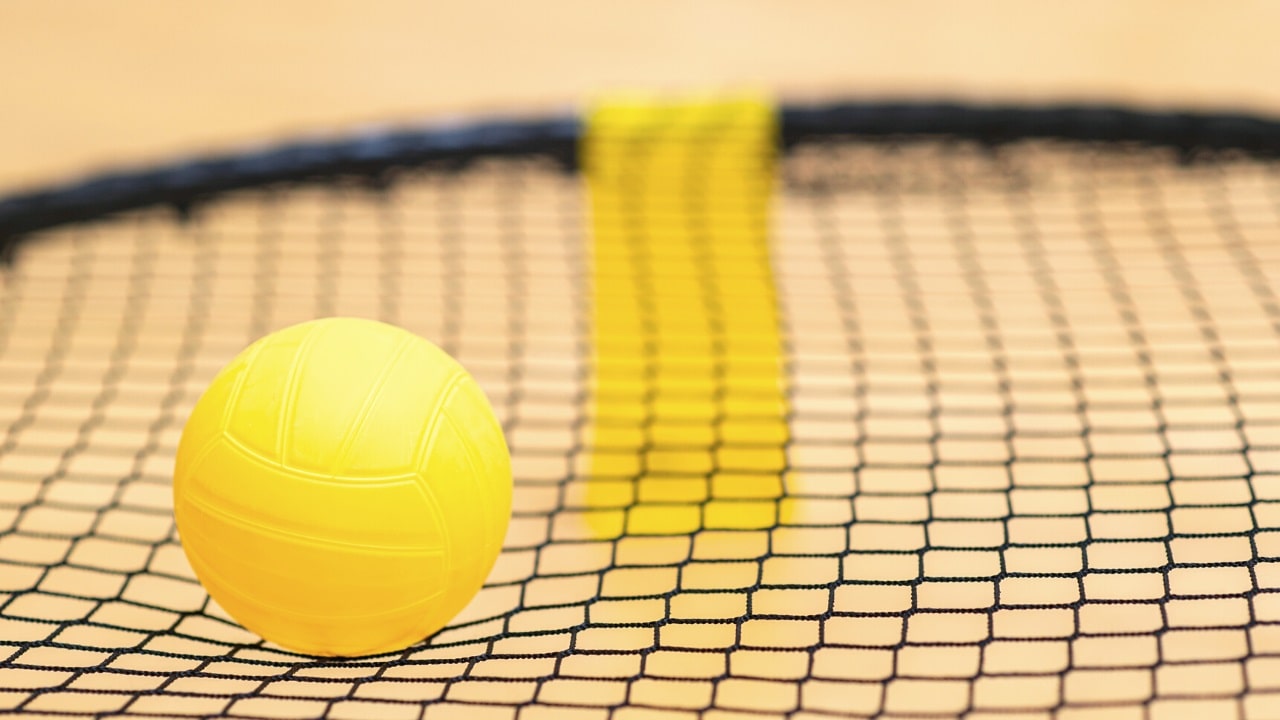

0 thoughts on “Who Invented The Ironing Board?”